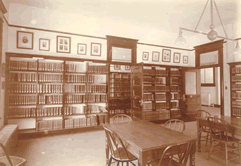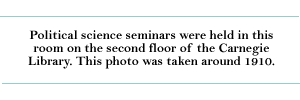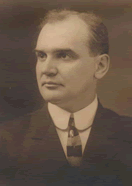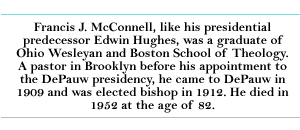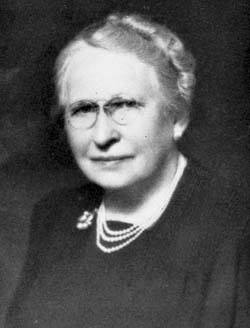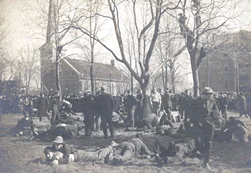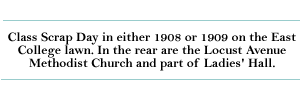
|
Pages:
<< Back 1
2 3 4
5 6 7
8 9 10
Next >>
Designed
by Indianapolis architect Oscar Bohlen, it was constructed entirely
of Bedford limestone in a neo-Greek style, with four great columns
of the Ionic order adorning both the front entrance and the south
side facing East College. Contrasting strikingly with the predominantly
red-brick surfaces of the rest of the physical plant, the Carnegie
Library was described at the time as the "most beautiful building
on campus." Inside, the main floor contained the book stacks
and a spacious reading room, its ceiling supported by massive pillars
echoing the classical columns on the exterior of the building. Second floor
seminar rooms provided housing for several of the departmental libraries
formerly located elsewhere. Unfortunately, the Greek temple-like
structure proved less than adequate for the expanding functions
of the university library long before it was finally replaced.
The
only other addition to the physical plant in this period was an
official residence for the president. In 1906 the trustees authorized
the purchase for that purpose of the F.P. Nelson home on the corner
of Seminary and Arlington Street. Known as "The Towers,"
this handsome Italianate structure became the Greencastle home of
President Hughes and his two immediate successors, furnishing a
gracious setting for formal receptions, trustee sessions, and an
occasional faculty meeting.
To succeed him the trustees turned to another graduate of Ohio Wesleyan and the Boston University School of Theology, Francis J. McConnell, who was serving as pastor of a large Methodist church in Brooklyn, New York. Though he remained only three years in the DePauw presidency before following his predecessor into the Methodist espiscopacy, McConnell took a special interest in the university's financial condition and led the institution's first major fund drive. Directed by financial secretary Salem Town and endowment secretary Cyrus U. Wade, the campaign for the Seventy-Fifth Anniversary Fund, as it was called, was extraordinarily successful, producing a total subscription of $550,546 by mid-1912. This included $100,000 provided by the Rockefeller-funded General Education Board as well as substantial individual gifts from Washington C. DePauw's widow, Clement Studebaker, and Asbury alumnus Jay H. Neff and smaller sums donated by trustees, faculty, students, and Methodist clergy.
________________________________
In
his later career as a leading Methodist bishop, McConnell was able
to exert a wider influence and achieve a national reputation as
a religious thinker and social reformer. He was the author of numerous
books, including biographies of his personal mentor Borden Parke
Bowne and Methodist founder John Wesley. As did his predecessor
Hughes, McConnell published an autobiography which devoted an appreciative
chapter to his DePauw years.
|
Depauw University e-history | E-mail comments to: archives@depauw.edu
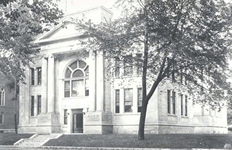
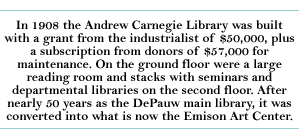
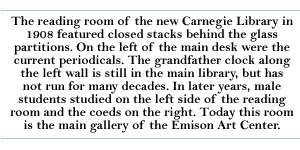
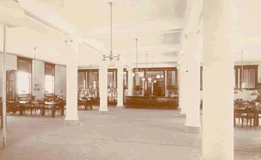
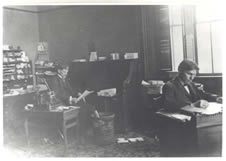 ____________________________________________
____________________________________________